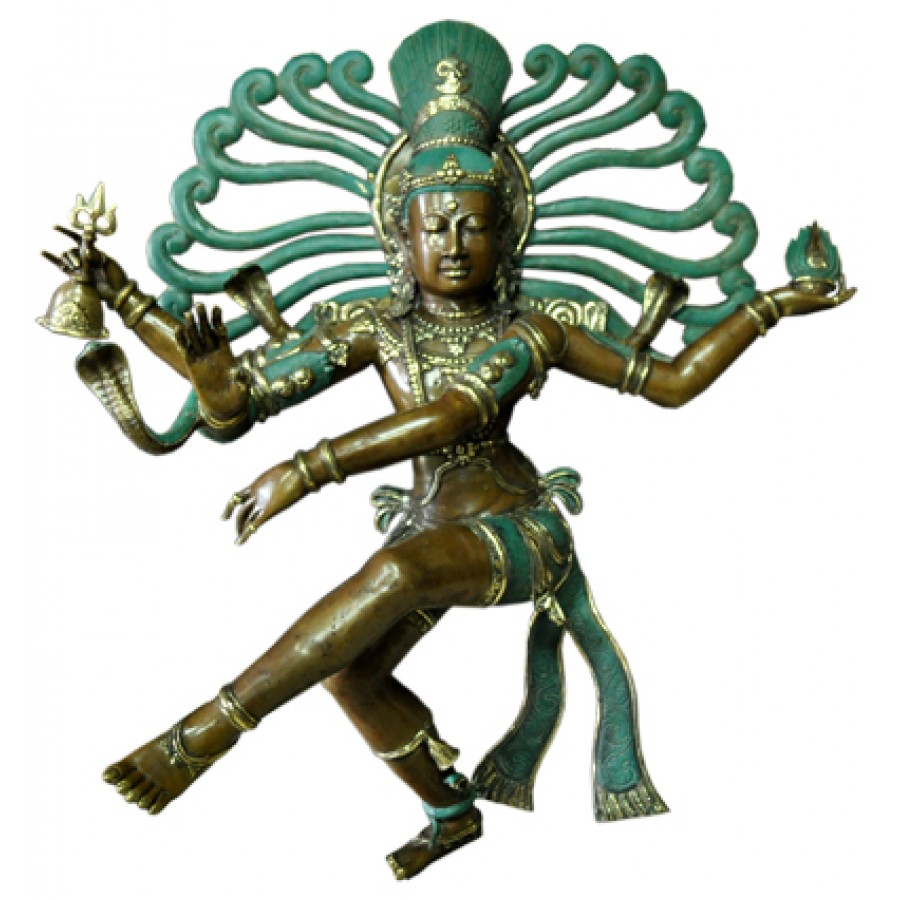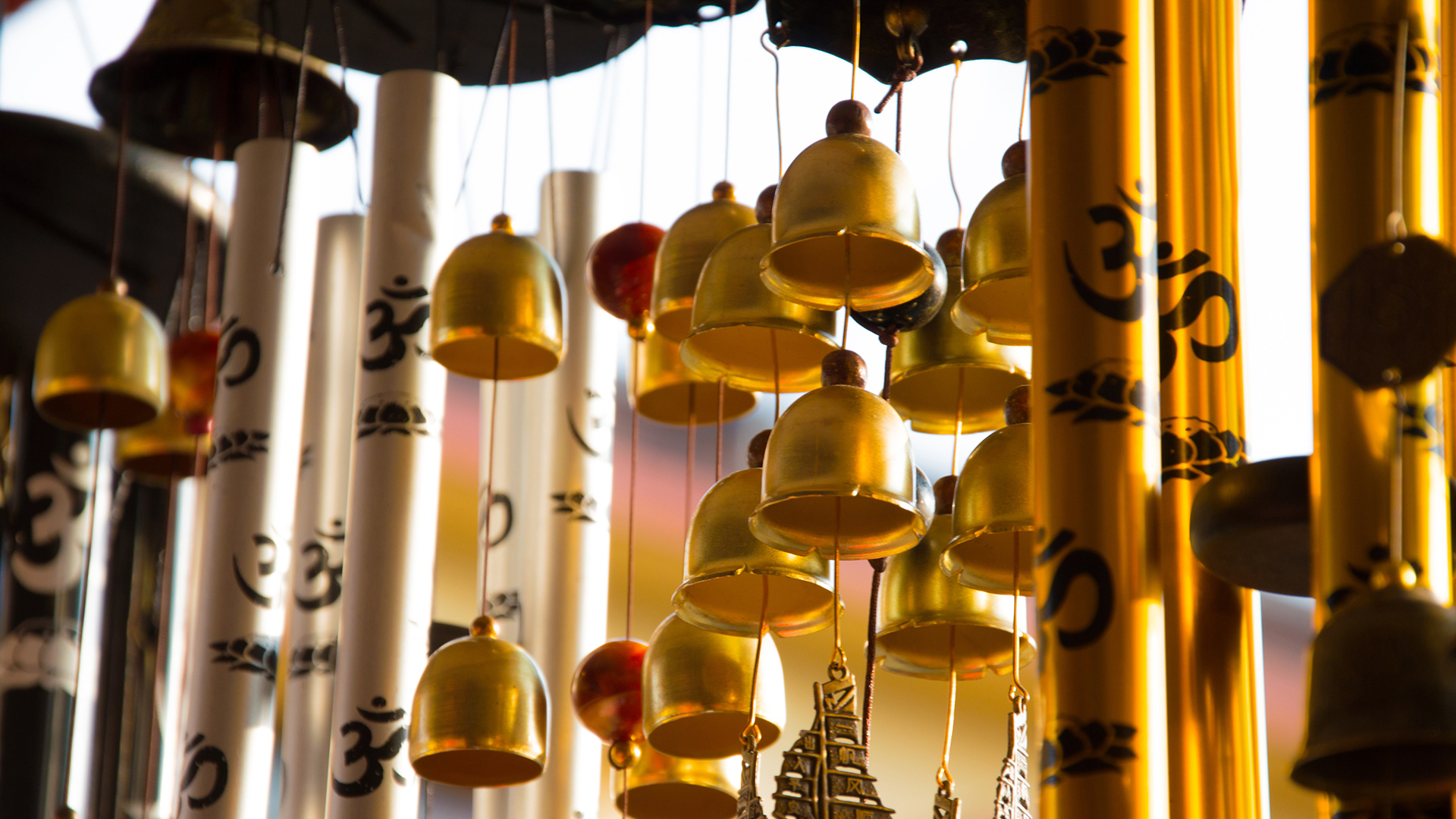Bali is known for its gorgeous beaches, friendly people, and spectacular architecture that is often decorated with intricate carvings. Many of these designs are based on Hinduism and Buddhism. The Balinese also have an affinity for all things metal, as they craft stunning sculptures and decorative items out of it. Read on to find out more about the home decor in Bali and the various techniques used to create it.
What is Bronze Art?
Bronze art is the decorative art made from the metal alloy of copper and tin, which is subsequently alloyed with other metals, such as zinc, iron, silver, or gold. This alloy gives bronze its colour and malleability. The properties of copper and tin make bronze an excellent metal for creating all kinds of artistic works, including sculptures, statues, figurines, bells, and architectural decorations. Bronze is a very durable metal, lasting thousands of years, but the intricate designs can fade over time. This means that bronze art is another great example of how even old traditions can be modernized and updated to fit modern lifestyles.

Ancient Beginnings of Bali's Bronze Art
Bronze art is thousands of years old, but it was not until the early-mid first millennium that it spread to Southeast Asia. This is when the great religions of India and China started influencing various cultures in the region. Hinduism and Buddhism are the most commonly seen religious influences on Bali’s bronze art, although Javanese Hinduism and Chinese Taoism also had a large influence on the island. During the early centuries of the first millennium, the great kingdoms of India, Sri Lanka, and Southeast Asia had flourishing trade relations with China. As a result, many artistic traditions were influenced by Chinese concepts and traditions. Hinduism, Buddhism, and Javanese Hinduism were also influenced by Indian religious ideas. The arrival of Buddhism to the region is particularly interesting because it led to a fusion of Buddhist art and the local indigenous traditions, most notably Hinduism.
The Hidden History of the Bali Bronze Art
It might surprise you to know that even though the Hindu and Buddhist influences are obvious in Bali’s bronze art, there is also a hidden Christian influence on the island’s art. In the early-mid first millennium, the region was part of the Majapahit empire, which had a significant Hindu influence, but was also influenced by the Christian culture of the neighboring kingdoms of India and the Indonesian archipelago. This influence can be seen in Bali’s Hindu temples, but you can also find it in the Buddhist temples of the island. The Majapahit empire’s Hindu influence is visible in many places around the island. For example, the main island temple at Pura Ulun Danau generally has statues of Hindu deities, while the Javanese Hindu influence can be seen in the architecture, where many temples have the shape of a Muslim megalithic structure.
Types of Bronze Art in Bali
Bali’s bronze art is most commonly found in the form of statues, bells, and stupas. Statues are commonly of deities and kings, while bells are commonly found in temples. Buddhist stupas are another popular form of the art that can be found in many temples on the island. These are basically small shrines that are often decorated with beautifully intricate decorations.
Techniques used in creating bronze art in Bali
When it comes to the way Bali’s bronze art is created, the artist uses three main techniques. The first is the lost-wax casting process, which is usually done using sand. The molten bronze is poured into sand molds, which create the shape of the piece. This is done when the artist has a very precise idea of what the finished product will look like. The second technique is the blowpipe method, which is used when the artist has a rough idea of the design they want to create. The artist uses a special blowpipe to create the piece. The last method is the cold-finishing method, which is used when the artist wants a very worn, aged look to the piece.
Conclusion
Bronze art is another great example of the Hindu and Buddhist traditions unique to the region of Southeast Asia, and it has also been influenced by Indian and Chinese religions. The art has been around for thousands of years, but it has also been advanced by modern techniques, making it a great example of how traditions can be updated to suit modern lifestyles. B The beauty of Bali’s bronze art is that it can be found in many different forms, including statues, bells, stupas, and decorations, making it a great choice for home decor. The lost-wax casting and cold-finishing techniques are also used for creating bronze art, meaning you can get them in many different shades. Bronze art is another great example of how traditions can be updated to suit modern lifestyles, making it a great choice for modern homes.






